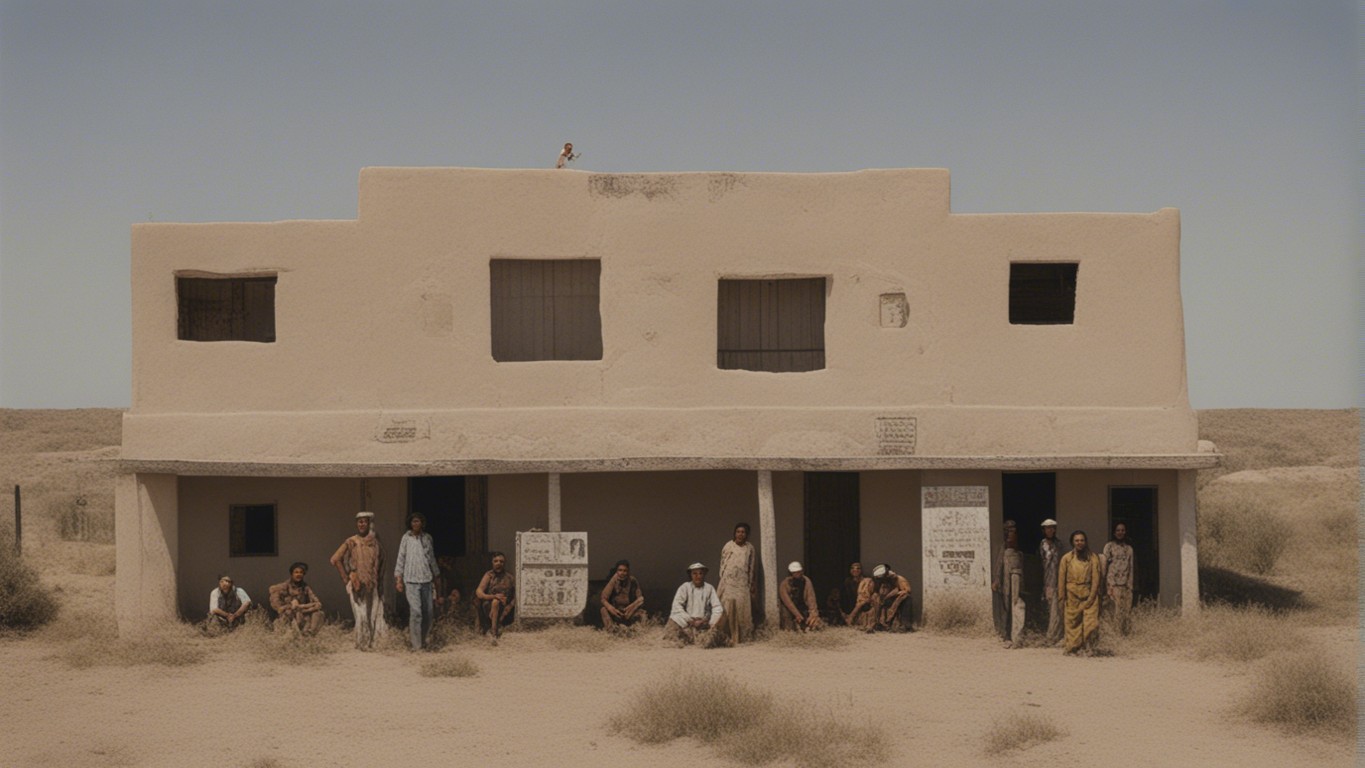Early Life and Formation of the Cult
Adolfo de Jesús Constanzo was born in Miami, Florida, in 1962 and exhibited an interest in spiritualism from an early age. His mother was a devotee of the Afro-Caribbean religion Palo Mayombe, which involves animal sacrifice and rituals. Drawing on this background, Constanzo eventually formed his own cult, sometimes referred to as “The Narco-Satanists,” in Mexico City before relocating to the border town of Matamoros.
“Constanzo took his twisted understanding of Palo Mayombe and other spiritual practices to an extreme, dark place,” said investigative journalist Laura Johnston in an interview with CNN.
Beliefs and Ritual Practices
Constanzo combined elements of Palo Mayombe with Satanism, creating a syncretic and perverted form of spiritualism. The group believed that rituals, which included animal and human sacrifices, would protect them and bring good fortune, especially in their criminal endeavors. The cult targeted vulnerable individuals and lured them into its circle, gradually subjecting them to mind-altering substances and indoctrination sessions.
“The rituals weren’t just a sideshow; they were integral to the cult’s operations. Constanzo believed they gave him supernatural powers, including the ability to evade law enforcement,” noted criminologist Adam Lynes.
Involvement in Drug Trafficking and Crime
The cult didn’t limit itself to spiritual practices; it was deeply involved in drug trafficking and organized crime. Constanzo offered his “protection” services to drug cartels, claiming his rituals could make them invincible against law enforcement and rival gangs. The cult’s criminal network was vast, including multiple safe houses and a cadre of loyal followers willing to carry out Constanzo’s violent commands.
“Constanzo effectively merged spiritualism with criminal enterprise, a deadly combination that went unchecked for years,” said DEA Agent Maria Sanchez.
The Horrifying Discovery and Police Action
The cult came to public attention when Mark Kilroy, an American student, went missing in Matamoros. His disappearance led to a police investigation that eventually uncovered the cult’s ranch. There, authorities found gruesome evidence of rituals: multiple human bodies showing signs of torture and sacrificial rites. This discovery horrified both the American and Mexican public, initiating immediate legal action.
“The ranch was a house of horrors. It’s shocking to comprehend the level of brutality and lack of humanity involved,” stated Texas Ranger Bruce Casteel.
The End of the Cult and Legal Aftermath
Constanzo and several cult members attempted to evade capture but were eventually located in Mexico City. In a bizarre twist, Constanzo ordered one of his followers to kill him to avoid arrest. Many cult members were tried and convicted, receiving long prison sentences. Despite Constanzo’s death, the traumatic impact on the victims’ families and the community lingered on.
“Closure is a difficult term to use in this case. While the cult was disbanded and its members brought to justice, the emotional scars will remain for a long time,” opined forensic psychologist Dr. Helen Morrison.
The Adolfo de Jesús Constanzo case serves as a grim reminder of how charismatic individuals can manipulate religious or spiritual beliefs for sinister ends. It sparked debates on the need for stricter controls and surveillance of religious practices that intersect with criminal activities.
“This case has forced a re-examination of how law enforcement and society at large view the intersection of spirituality and criminality. It serves as a chilling warning of how quickly things can spiral out of control,” said religious studies professor Dr. Benjamin Zeller.
